Zhijian Wang
SequentialPointNet: A strong parallelized point cloud sequence network for 3D action recognition
Nov 16, 2021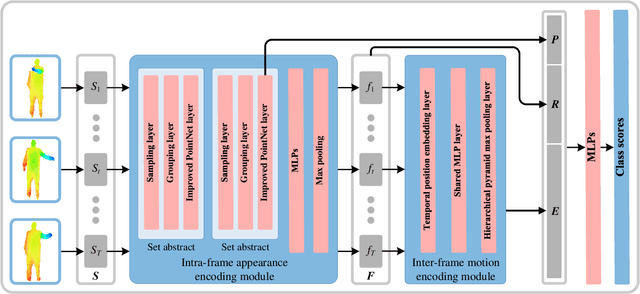
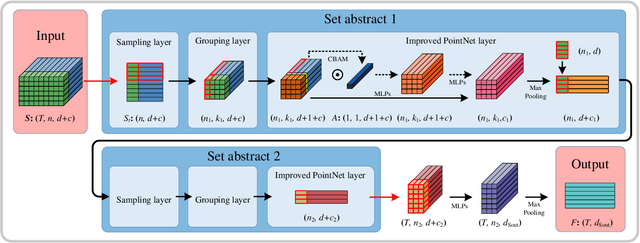


Abstract:Point cloud sequences of 3D human actions exhibit unordered intra-frame spatial information and ordered interframe temporal information. In order to capture the spatiotemporal structures of the point cloud sequences, cross-frame spatio-temporal local neighborhoods around the centroids are usually constructed. However, the computationally expensive construction procedure of spatio-temporal local neighborhoods severely limits the parallelism of models. Moreover, it is unreasonable to treat spatial and temporal information equally in spatio-temporal local learning, because human actions are complicated along the spatial dimensions and simple along the temporal dimension. In this paper, to avoid spatio-temporal local encoding, we propose a strong parallelized point cloud sequence network referred to as SequentialPointNet for 3D action recognition. SequentialPointNet is composed of two serial modules, i.e., an intra-frame appearance encoding module and an inter-frame motion encoding module. For modeling the strong spatial structures of human actions, each point cloud frame is processed in parallel in the intra-frame appearance encoding module and the feature vector of each frame is output to form a feature vector sequence that characterizes static appearance changes along the temporal dimension. For modeling the weak temporal changes of human actions, in the inter-frame motion encoding module, the temporal position encoding and the hierarchical pyramid pooling strategy are implemented on the feature vector sequence. In addition, in order to better explore spatio-temporal content, multiple level features of human movements are aggregated before performing the end-to-end 3D action recognition. Extensive experiments conducted on three public datasets show that SequentialPointNet outperforms stateof-the-art approaches.
Algorithmic Collusion in Cournot Duopoly Market: Evidence from Experimental Economics
Feb 21, 2018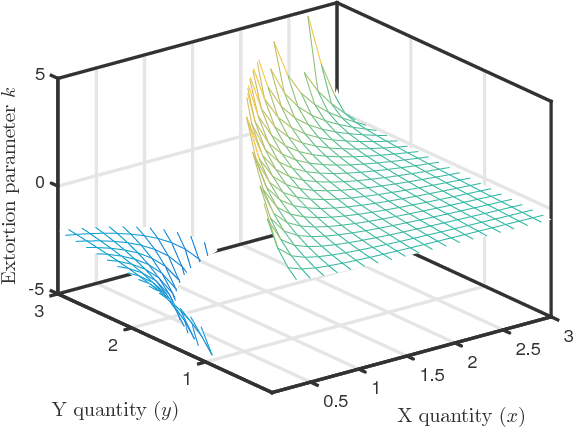
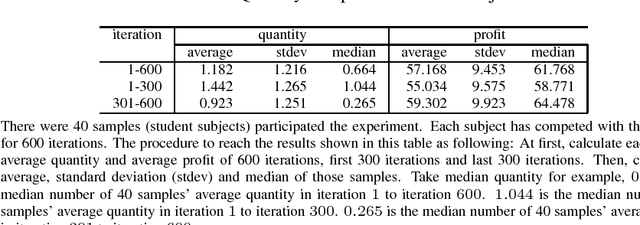
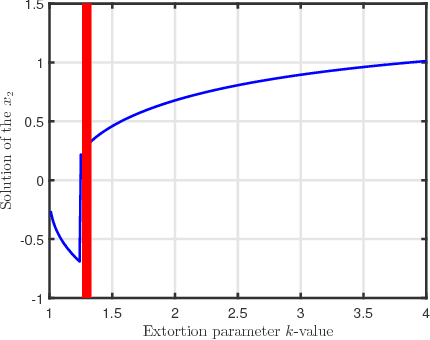

Abstract:Algorithmic collusion is an emerging concept in current artificial intelligence age. Whether algorithmic collusion is a creditable threat remains as an argument. In this paper, we propose an algorithm which can extort its human rival to collude in a Cournot duopoly competing market. In experiments, we show that, the algorithm can successfully extorted its human rival and gets higher profit in long run, meanwhile the human rival will fully collude with the algorithm. As a result, the social welfare declines rapidly and stably. Both in theory and in experiment, our work confirms that, algorithmic collusion can be a creditable threat. In application, we hope, the frameworks, the algorithm design as well as the experiment environment illustrated in this work, can be an incubator or a test bed for researchers and policymakers to handle the emerging algorithmic collusion.
Using experimental game theory to transit human values to ethical AI
Nov 16, 2017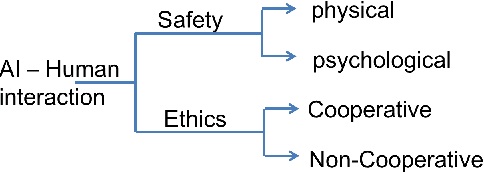
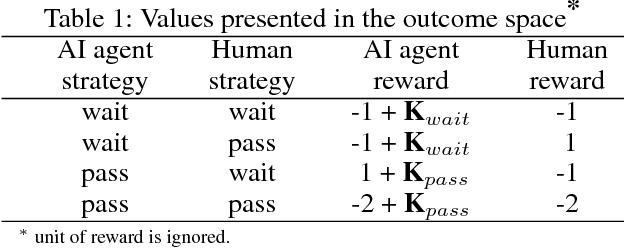

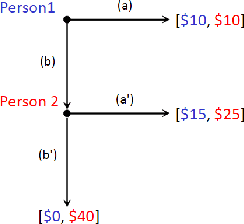
Abstract:Knowing the reflection of game theory and ethics, we develop a mathematical representation to bridge the gap between the concepts in moral philosophy (e.g., Kantian and Utilitarian) and AI ethics industry technology standard (e.g., IEEE P7000 standard series for Ethical AI). As an application, we demonstrate how human value can be obtained from the experimental game theory (e.g., trust game experiment) so as to build an ethical AI. Moreover, an approach to test the ethics (rightness or wrongness) of a given AI algorithm by using an iterated Prisoner's Dilemma Game experiment is discussed as an example. Compared with existing mathematical frameworks and testing method on AI ethics technology, the advantages of the proposed approach are analyzed.
 Add to Chrome
Add to Chrome Add to Firefox
Add to Firefox Add to Edge
Add to Edge